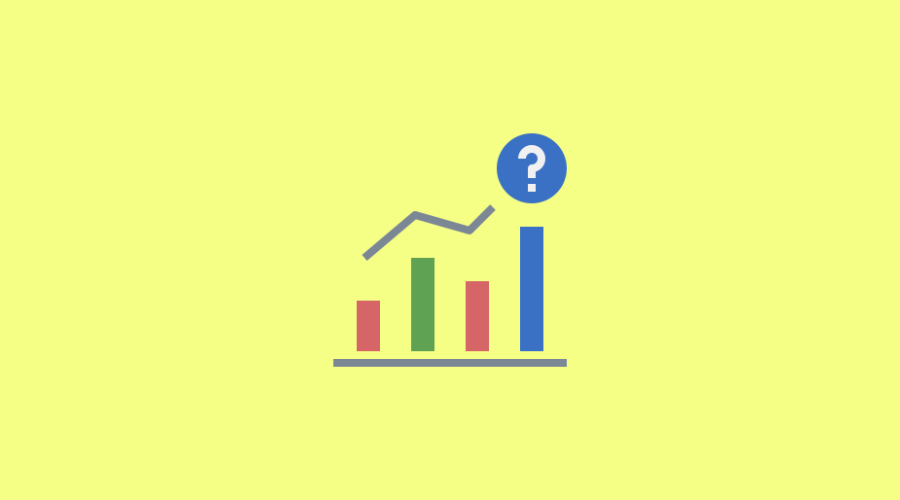Predictive Analytics in Marketing: How Data Forecasts Future Consumer Behavior

Marketing is undergoing a transformation thanks to predictive analytics, which utilizes data to forecast and understand future customer behavior. Businesses can enhance their chances of success by leveraging real-time and historical data to inform decisions, tailor marketing campaigns, and more.
What is predictive analytics, and how to use it in marketing
Predictive analytics is the area of advanced analytics that makes predictions based on patterns found in the data that has been gathered.
With the addition of AI methods, such as machine learning, to predictive analytics tools, businesses can now analyze enormous amounts of data quickly, thereby improving the precision and utility of prediction models. Predictive analytics technologies are really more commonly referred to as machine learning or data science by many modern users.
Predictive analytics, as used in marketing, is the use of statistical methods (such as data mining, predictive modeling, and machine learning) on historical and/or current marketing data for forecasting to estimate the probability of a specific future change.
The key areas where marketers use predictive analytics
The data has shown that 37.7% of CMOs are using marketing analytics before making a decision. Predictive analytics can be used in various areas of marketing, including the following:
Customer segmentation
Businesses may more successfully segment their consumer base thanks to predictive analytics. Businesses can develop more precise and detailed client groups by examining various data points, including demographics, internet activity, historical purchase history, and social media interactions. With customized marketing strategies, these segments enable the identification and targeting of the right audience.
Personalized content
Personalized marketing is fundamental for the company’s success in 2023. Businesses may provide their clients with highly tailored content thanks to predictive analytics. Businesses can forecast which goods or services are most likely to interest customers by examining their historical behavior and preferences.
Churn prediction
Retaining clients and reducing attrition are two key challenges that organizations face. By examining their behavior, predictive analytics helps identify clients who are most likely to leave. After that, businesses may take aggressive steps to keep these clients.
Predictive analytics is utilized by telecommunication businesses, for instance, to anticipate client attrition. The business can step in with targeted incentives to stop a client from migrating to a rival if they exhibit trends of decreased usage and higher complaints.
Lead scoring
Lead scoring is crucial for B2B organizations to determine which leads have the highest likelihood of becoming paying clients. Predictive analytics determines which leads have the most conversion potential by analyzing data on lead characteristics, including firm size, industry, website interactions, and past purchases.
Then, sales teams may concentrate their efforts on prospects that have a better chance of converting, which will increase conversion rates and improve resource allocation. Predictive lead scoring is one of the top three applications of predictive marketing analytics, according to Forrester Research.
Ad campaign optimization
Predictive analytics helps marketers fine-tune their advertising initiatives. Companies can forecast which advertisements will be more effective in the future and allocate their expenditures accordingly by analyzing ad performance data and customer behavior.
Predictive analytics is utilized by platforms like Google Ads to optimize ad distribution, displaying ads to individuals who are more likely to complete the intended action, such as making a purchase or subscribing to a newsletter.
The main steps of the predictive marketing analytics process
According to Salesforce, conversions increased by 22,66% when predictive analytics was used. You now have a better understanding of what predictive analytics can accomplish in marketing. Now, let’s examine how we can apply this method in practice.
- Specify your goals. You should know exactly what you’re doing before you begin working with the data. You must decide why you want to use the insights from your data or what your aim is.
- Get the information you require. Firmographic, demographic, or historical data may be included. It needs to be pertinent to your aim and objectives.
- Examine the information you have gathered. Now that you have all the required data for analysis, it’s time to crunch the numbers.
- Make a forecasting model. It’s time to build a predictive model when your ideas have been put to the test and, depending on your data, either confirmed or rejected. It all boils down to making result predictions using statistics and, frequently, machine learning.
- Observe, modify, and develop new models. Many external factors may totally deviate from your model.
Final thoughts
Predictive analytics is a game-changer in the field of marketing. It empowers businesses to anticipate and respond to consumer behavior effectively, resulting in more personalized and efficient marketing strategies.
As the volume of available data continues to grow, predictive analytics will play an increasingly vital role in helping businesses stay competitive in a rapidly evolving marketing landscape.
